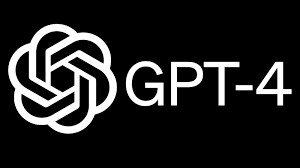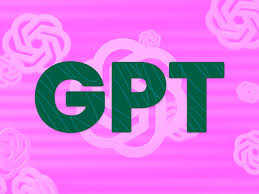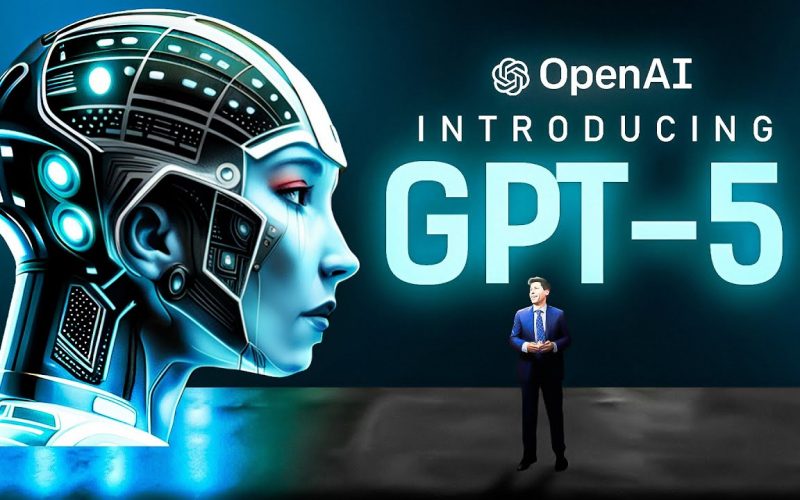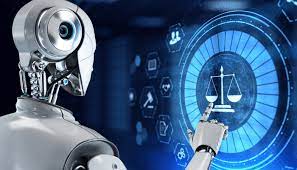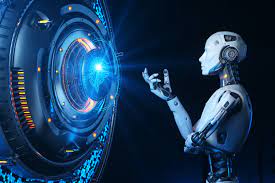23
Oct
Continuous improvement and maintenance are crucial for the long-term success of GPT chatbots. Here are some strategies to consider for maintaining and improving GPT chatbots: User feedback analysis: Gather and analyze user feedback to gain insights into areas for improvement. Encourage users to provide feedback through surveys, ratings, or direct interaction with the chatbot. Analyze feedback to identify recurring issues, user pain points, and opportunities for enhancing the chatbot's performance and user experience. Iterative model training: Continuously update and refine the underlying NLP model used by the chatbot. Leverage new training data, fine-tuning techniques, or transfer learning to improve the…
